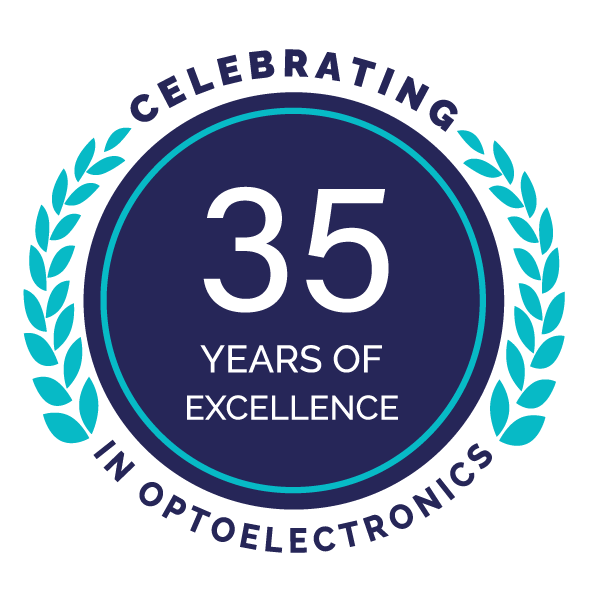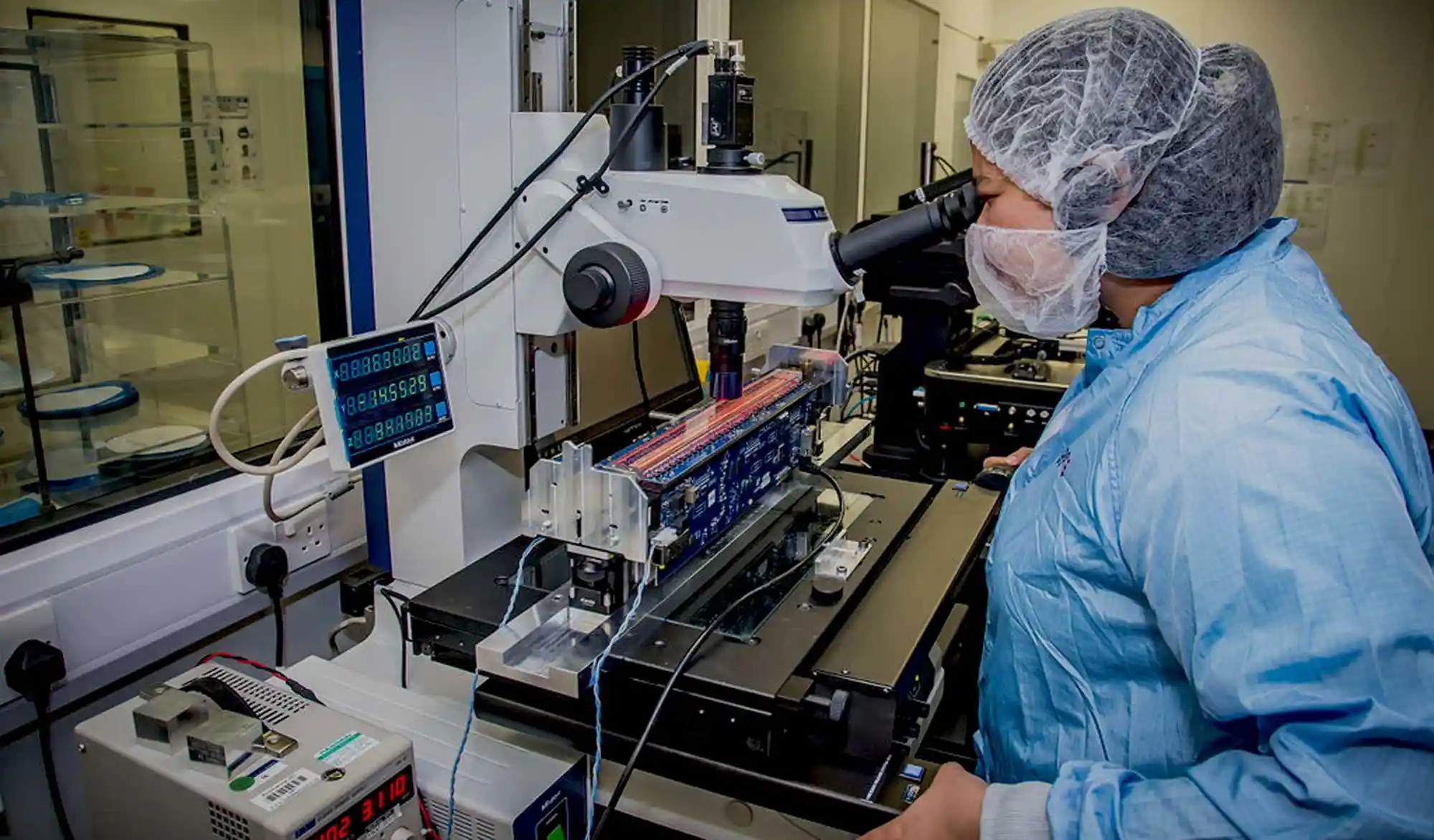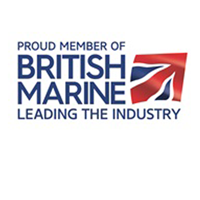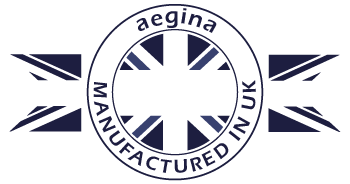Narrowboats and canalboats offer a unique way to travel and explore the world’s waterways. However, their traditional construction methods and reliance on non-renewable resources have a significant impact on the environment. In this article, we discuss the importance of sustainable design and construction for narrowboats and canalboats, as well as eco-friendly systems and practices that can be incorporated. We explore the benefits of building and traveling on sustainable boats, including reduced carbon footprint, improved environmental impact, and increased awareness of eco-tourism. We also highlight Aegina’s UV LED water purification technology as a key component of sustainable narrowboat and canalboat construction, enabling boaters to purify their water supply without relying on disposable plastic bottles or harmful chemicals.
The Importance of Sustainable Narrowboat and Canalboat Design
Designing narrowboats and canalboats with sustainability in mind is essential to reduce their impact on the environment. Boat builders can use eco-friendly materials, incorporate energy-efficient systems, and adopt environmentally conscious practices throughout the boat’s design and construction. Sustainable boat design can extend the lifespan of the boat, reduce the need for replacement, and minimise the impact of the boat’s construction and use on the environment.
One approach to sustainable boat design is to use sustainable materials. Options include reclaimed wood, recycled plastic, and bio-based composites. Sustainable materials reduce the boat’s environmental impact and provide other benefits such as improved durability, increased insulation, and enhanced aesthetics.
Another approach to sustainable boat design is to incorporate energy-efficient systems. For example, solar panels can be used to power the boat’s lighting and electronics, reducing the reliance on non-renewable energy sources. LED lighting is another energy-efficient option that uses less power and lasts longer than traditional bulbs. Efficient heating and cooling systems can also reduce the boat’s energy consumption and improve passenger comfort.
Eco-Friendly Systems and Practices for Narrowboats and Canalboats
In addition to sustainable design, narrowboats and canalboats can incorporate eco-friendly systems and practices to reduce their impact on the environment. These include:
- Aegina’s UV LED water purification technology: Aegina’s system can purify water from the canal or river, reducing the need for disposable plastic bottles and ensuring safe drinking water for passengers.
- Composting toilets: Composting toilets use natural processes to break down waste, reducing the need for chemical treatments and minimizing pollution.
- Greywater systems: Greywater systems capture and reuse water from sinks, showers, and other sources, reducing the boat’s water usage and minimizing pollution.
- Proper waste management: Proper disposal of hazardous materials, recycling, and minimizing waste can reduce the boat’s environmental impact.
Benefits of Sustainable Narrowboats and Canalboats
Building and traveling on sustainable narrowboats and canalboats offers several benefits, including:
- Reduced carbon footprint: Sustainable design, eco-friendly systems, and practices can significantly reduce the boat’s carbon footprint and minimise its impact on the environment.
- Improved environmental impact: Using sustainable materials, energy-efficient systems, and eco-friendly practices can reduce pollution, conserve natural resources, and protect the waterways and ecosystems.
- Increased awareness of eco-tourism: Sustainable narrowboats and canalboats offer a unique way to experience the natural beauty of waterways while promoting eco-tourism and environmental awareness.
Aegina’s UV LED Water Purification System
Aegina’s UV LED water purification technology is a key component of sustainable narrowboat and canalboat construction. The system purifies water from the canal or river using UV LED technology, eliminating the need for disposable plastic bottles and reducing the boat’s environmental impact. The system is energy-efficient and can be powered by solar or wind energy, making













